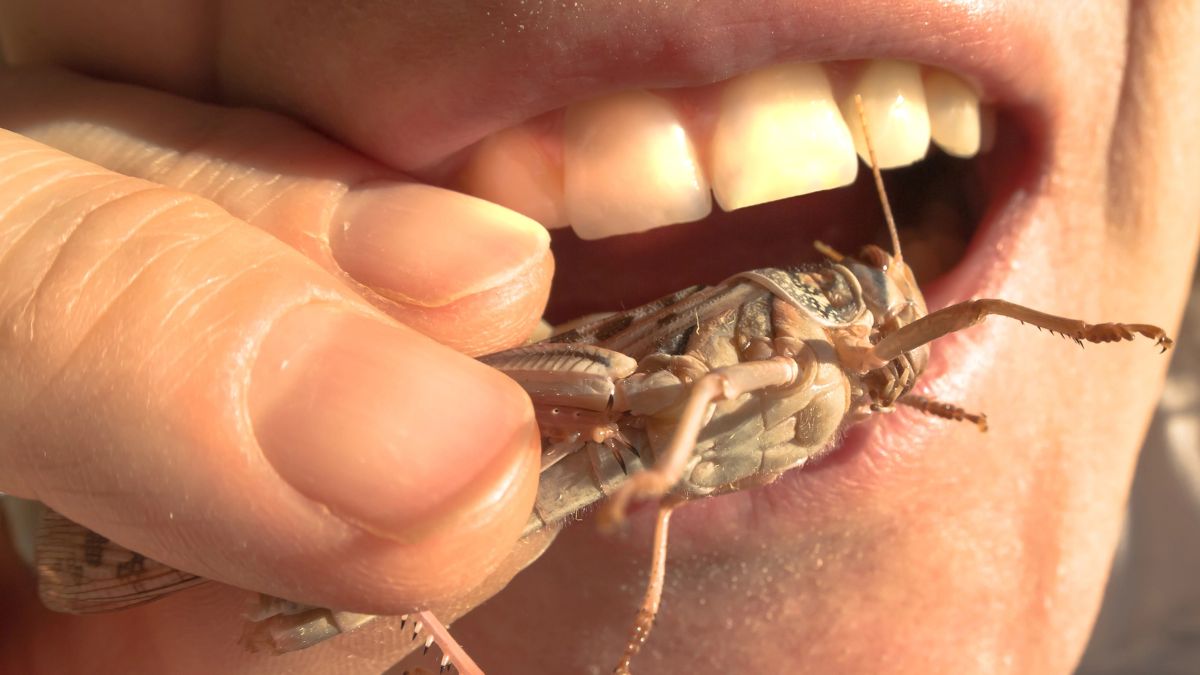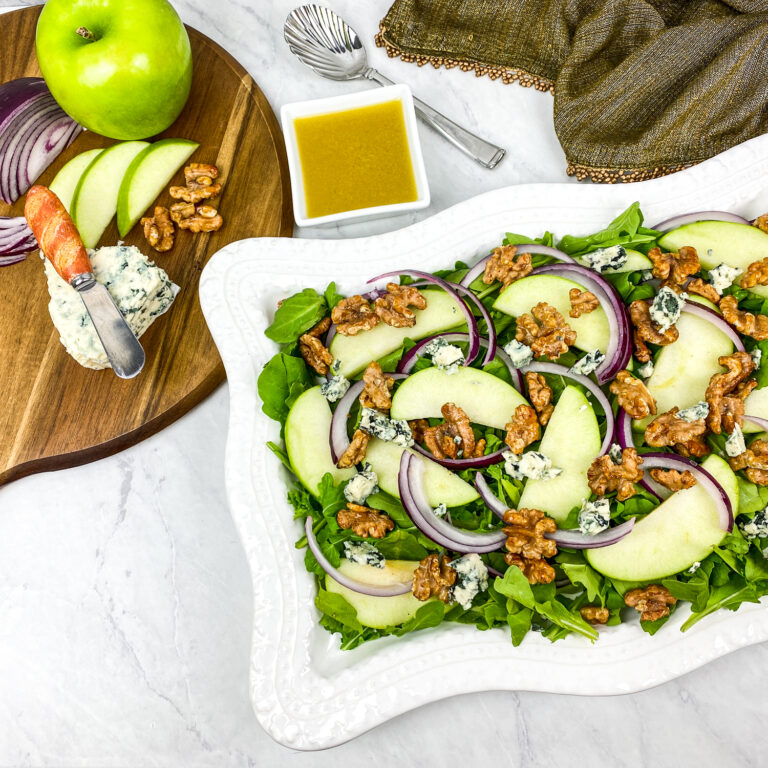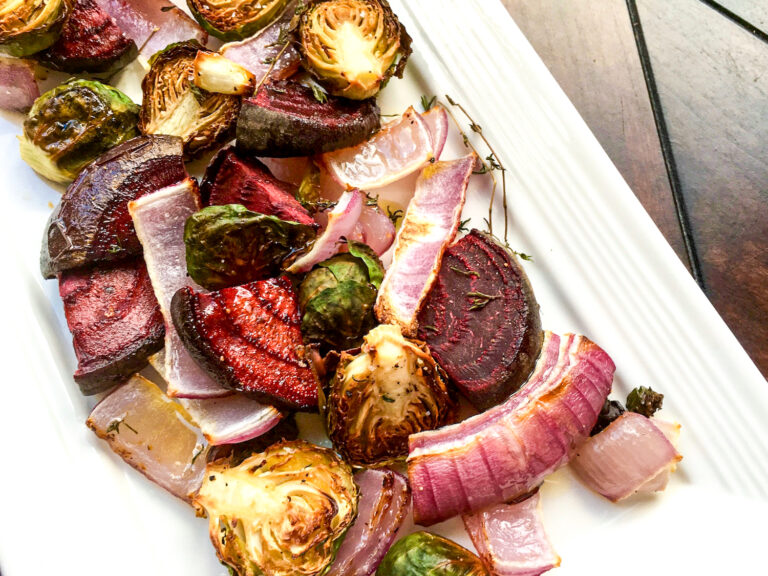15 Edible Bugs You Can Actually Eat
Eating bugs might sound unusual, but it’s actually quite common in many cultures around the world. Insects are a sustainable and nutritious food source, packed with protein, vitamins, and minerals.
They can be prepared in various ways, from roasted snacks to gourmet dishes. If you’re curious about trying something new or looking for more sustainable food options, here are 15 edible bugs you can actually eat. Each one offers its own unique flavor and health benefits.
Crickets
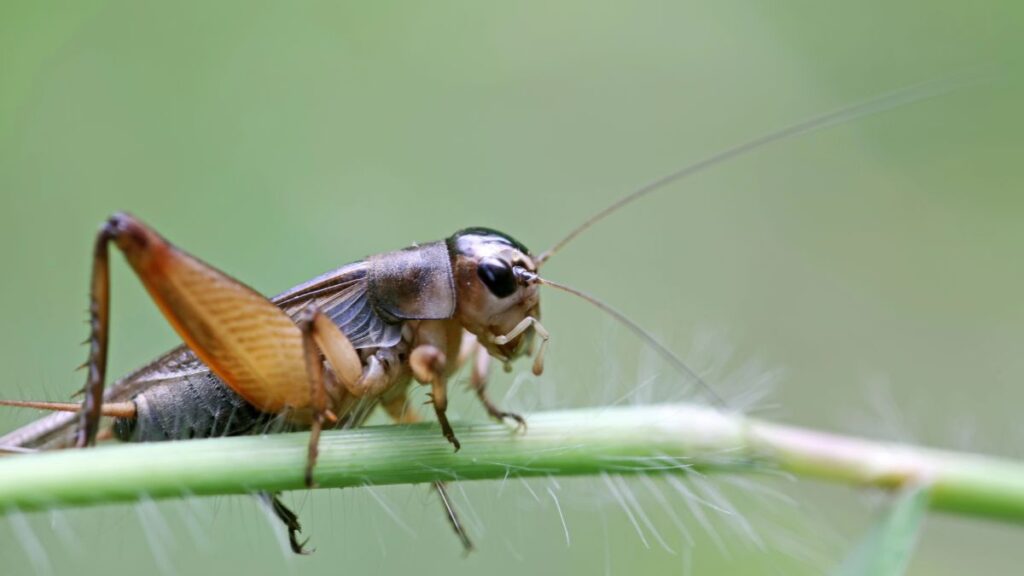
Crickets are a popular edible insect due to their mild, nutty flavor and high protein content. They are often roasted or ground into a powder for use in snacks and protein bars.
Crickets are also rich in vitamins and minerals like B vitamins and iron. They are considered an excellent alternative to traditional meat. Adding crickets to your diet can be a tasty and nutritious choice.
Mealworms
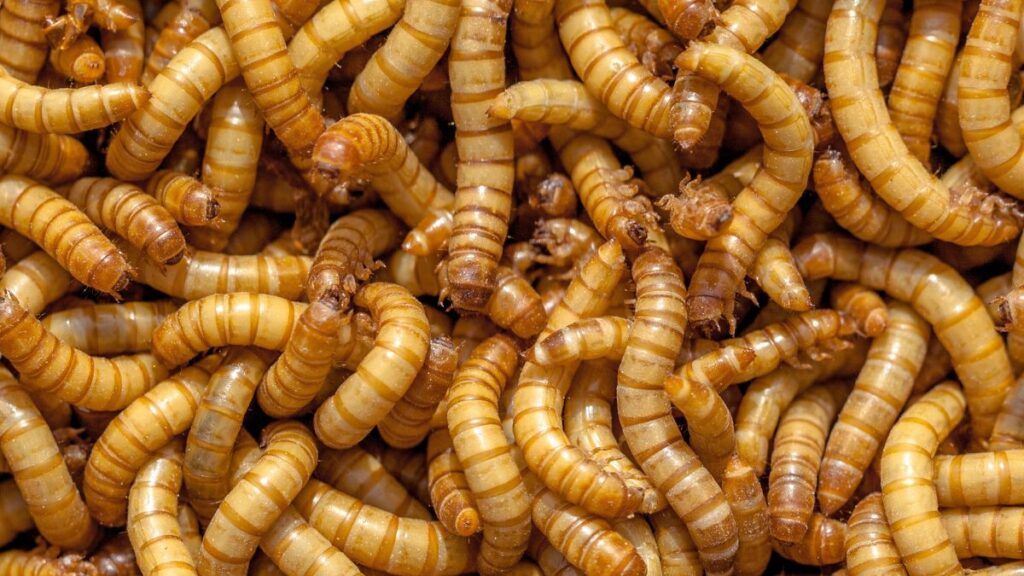
Mealworms are the larvae of darkling beetles and are known for their slightly nutty flavor and crunchy texture. They can be roasted, baked, or added to various dishes like granola bars and cookies.
Mealworms are high in protein, fiber, and healthy fats. They also provide essential nutrients like iron and zinc. These versatile insects can be a healthy addition to your diet.
Silkworms
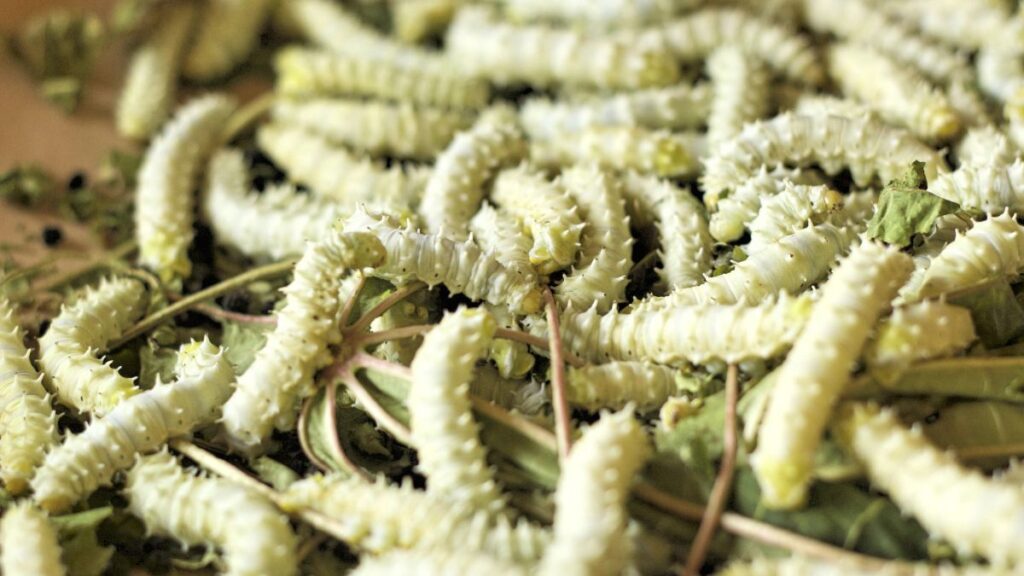
Silkworms are commonly consumed in parts of Asia and are known for their unique taste and chewy texture.
They are often boiled or steamed and used in soups and stir-fries. Silkworms are high in protein, calcium, and B vitamins. They are also a good source of healthy fats. Trying silkworms can be a great way to explore new flavors and textures.
Grasshoppers
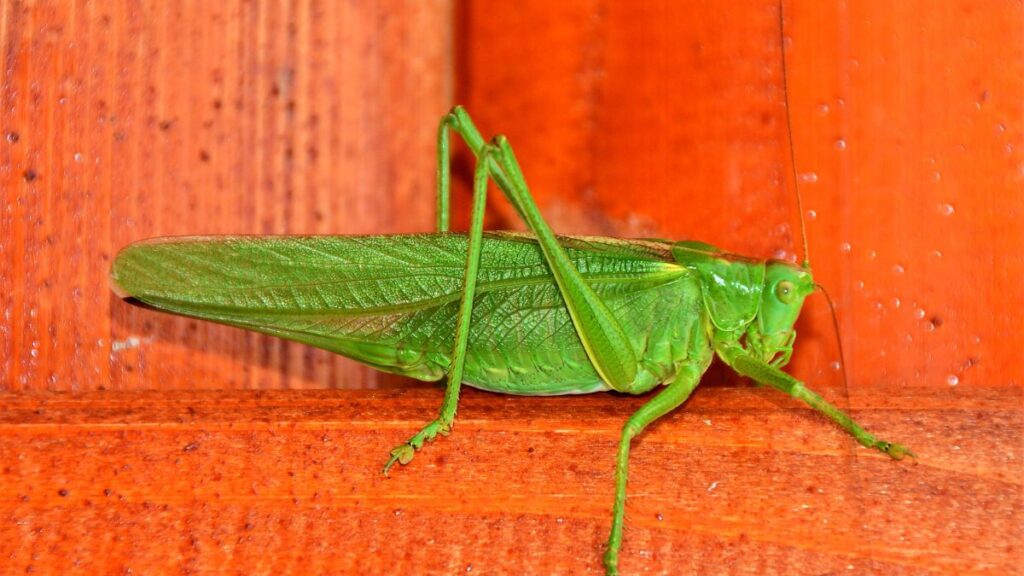
Grasshoppers are enjoyed in many cultures and are known for their crunchy texture and earthy flavor. They can be fried, roasted, or used as a topping for salads and tacos. Grasshoppers are rich in protein, fiber, and essential nutrients like potassium and iron.
They are also a low-fat and low-calorie food option. Including grasshoppers in your diet can offer a healthy and flavorful alternative to traditional proteins.
Beetles
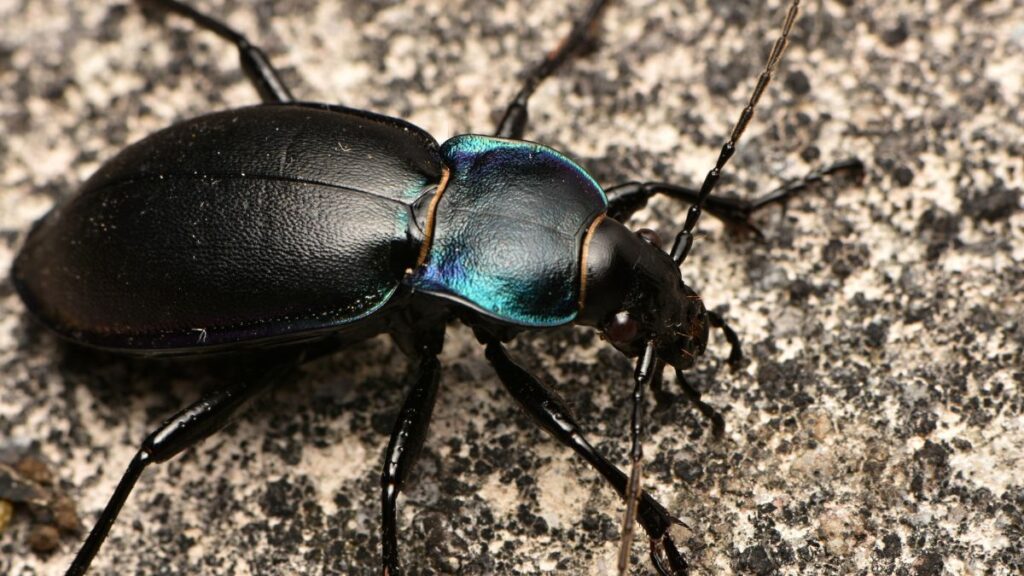
Beetles, such as the weevil and the beetle larvae, are edible and offer a range of flavors depending on the species. They can be roasted or fried and are often used in traditional dishes in various cultures.
Beetles are a good source of protein, healthy fats, and important vitamins and minerals. They are also sustainable and environmentally friendly. Trying beetles can be a nutritious and adventurous food choice.
Ants
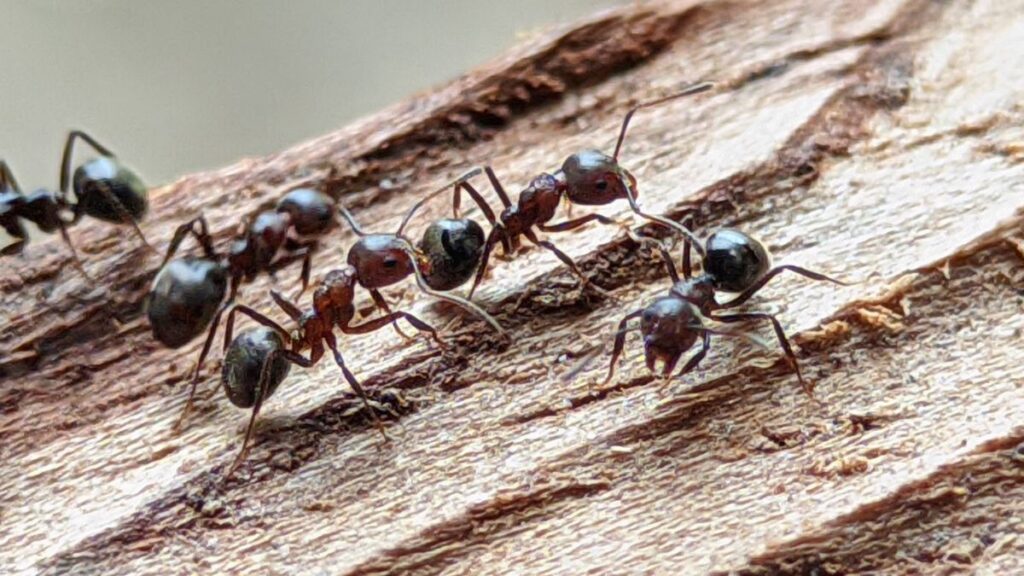
Ants are eaten in many parts of the world and are known for their tangy and slightly citrusy flavor. They can be enjoyed roasted, fried, or even used as a crunchy topping for dishes. Ants are rich in protein, antioxidants, and essential minerals.
They are also low in fat and calories. Incorporating ants into your diet can add a unique taste and nutritional boost.
Termites

Termites are a source of protein and are commonly consumed in Africa and parts of Asia. They have a slightly nutty and earthy flavor and can be roasted or ground into a powder. Termites are high in protein, fiber, and essential fatty acids.
They also provide important nutrients like calcium and magnesium. Including termites in your diet can be both sustainable and nutritious.
Waxworms

Waxworms are the larvae of wax moths and are known for their soft, buttery texture. They can be used in baking, as a topping for dishes, or enjoyed on their own. Waxworms are high in protein, healthy fats, and essential nutrients like calcium and phosphorus.
They are also rich in B vitamins and can provide a nutritional boost. Trying waxworms can be a flavorful and healthful addition to your diet.
Locusts
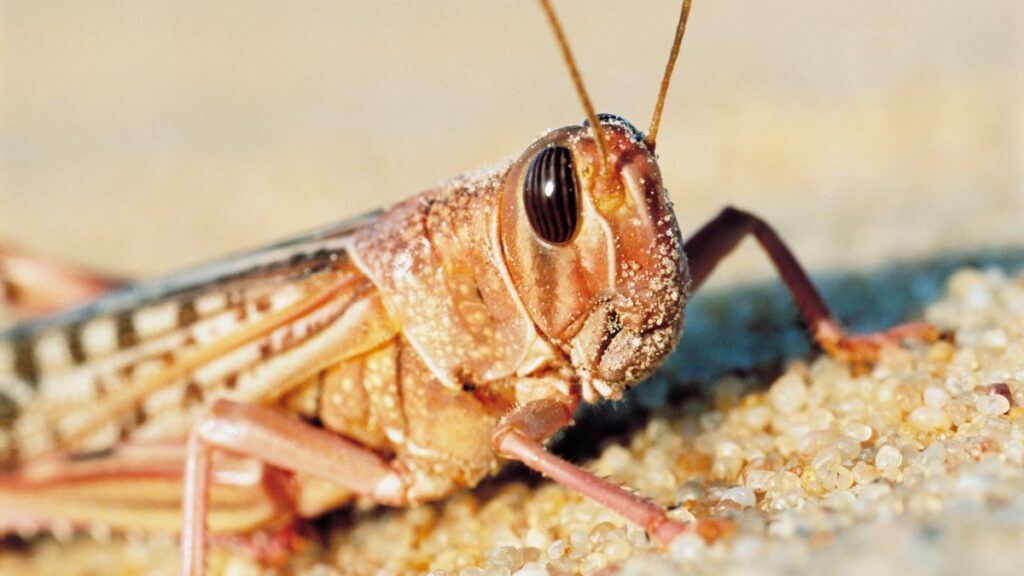
Locusts are large, flying insects that are commonly consumed in many cultures. They have a crunchy texture and a slightly sweet flavor when roasted. Locusts are high in protein, fiber, and important vitamins and minerals.
They are also low in fat and calories. Including locusts in your diet can offer a healthy and satisfying alternative to traditional meats.
Cockroaches
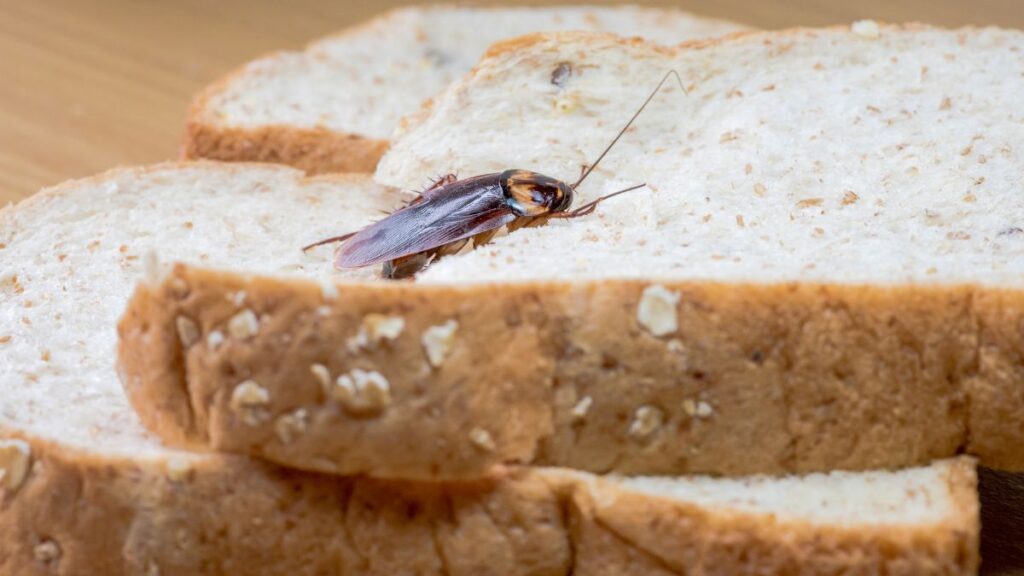
Cockroaches are edible and have been eaten in various cultures for centuries. They can be roasted or cooked and are known for their nutty flavor. Cockroaches are rich in protein, vitamins, and minerals like iron and zinc.
They are also low in fat and calories. Trying cockroaches can be an adventurous way to add more protein and nutrients to your diet.
Scorpions

Scorpions are enjoyed in some cultures and are known for their crunchy texture and unique flavor. They are often roasted or deep-fried and can be used as a garnish or snack. Scorpions are high in protein and provide essential nutrients like calcium and magnesium.
They are also low in fat. Incorporating scorpions into your diet can offer a distinct and nutritious option.
Caterpillars
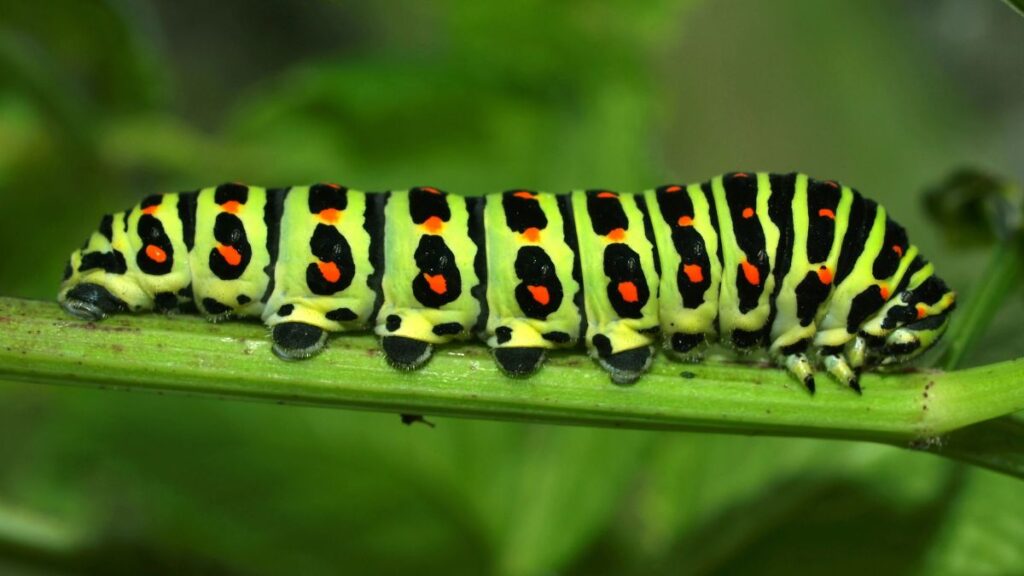
Caterpillars are commonly eaten in Africa and parts of Asia and are known for their nutty flavor and chewy texture. They can be roasted, boiled, or used in stews and soups.
Caterpillars are high in protein, fiber, and essential vitamins and minerals. They are also a good source of healthy fats. Adding caterpillars to your diet can be a nutritious and flavorful choice.
Japanese Hornets
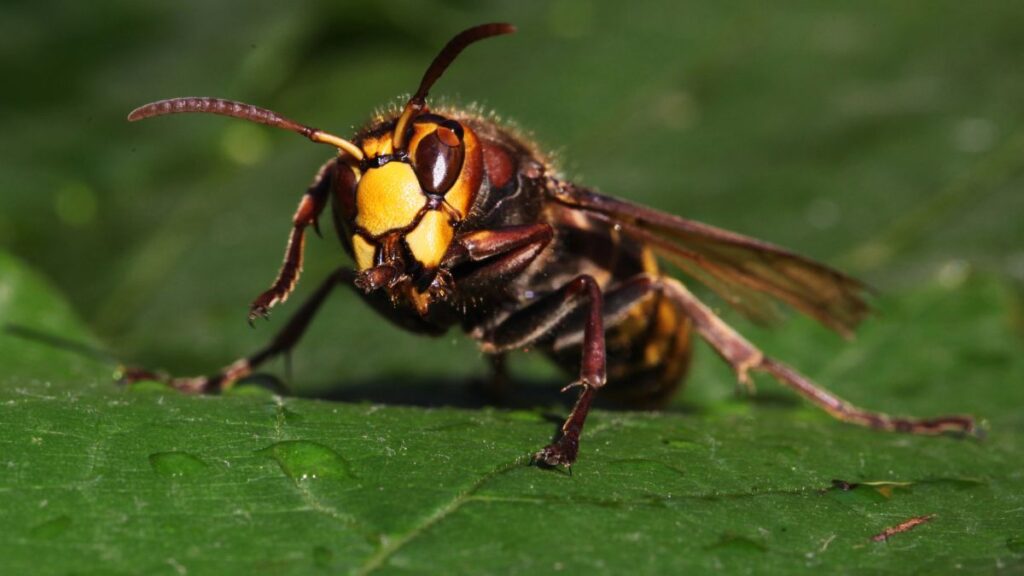
Japanese hornets are consumed in parts of Asia and are known for their slightly sweet and nutty flavor. They can be cooked and used in various dishes or enjoyed as a snack.
Japanese hornets are high in protein and provide important nutrients like calcium and potassium. They are also low in fat and calories. Trying Japanese hornets can be an interesting way to explore new tastes and textures.
Dragonflies
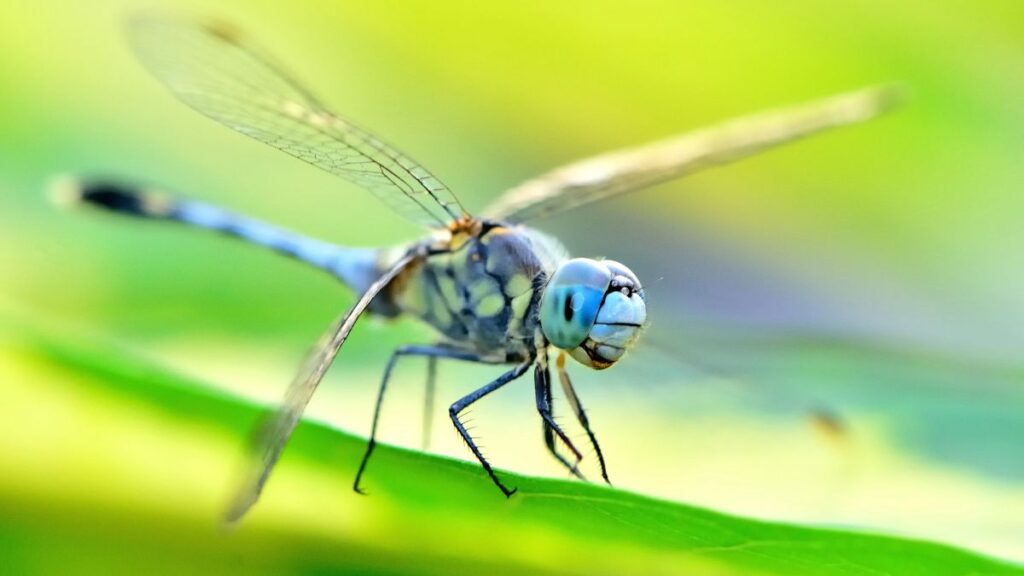
Dragonflies are edible and enjoyed in some cultures for their delicate flavor and crispy texture. They can be roasted or used as a garnish for dishes.
Dragonflies are rich in protein, vitamins, and minerals like iron and zinc. They are also low in fat and calories. Including dragonflies in your diet can offer a unique and nutritious option.
Bees
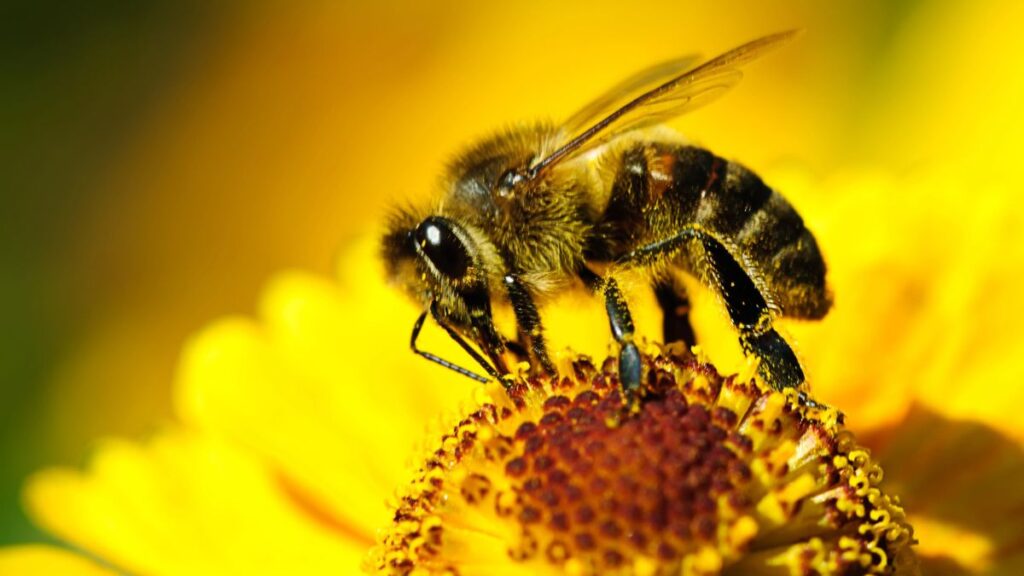
Bees are edible and are consumed in various cultures around the world. They have a sweet and slightly nutty flavor when cooked. Bees are high in protein, essential fats, and important nutrients like calcium and magnesium.
They are also low in fat and calories. Adding bees to your diet can provide a tasty and healthful alternative to traditional protein sources.
15 Foods Only The Wealthy and Elite Can Eat Now

Culinary trends are constantly evolving, and some foods have become more than just sustenance—they’ve become status symbols reserved for the elite.
15 Foods Only The Wealthy and Elite Can Eat Now
15 Practical Ways to Save Money During Retirement

Entering retirement doesn’t have to mean giving up a comfortable lifestyle. With strategic planning and simple adjustments, it’s possible to make the most of your retirement income and enjoy a financially secure life.

